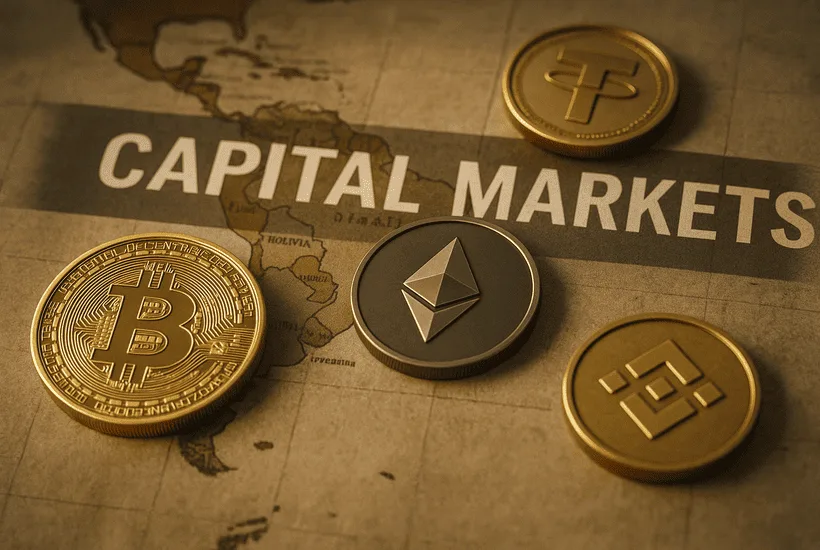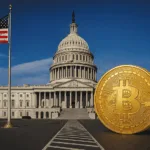- Tokenization could unlock capital markets growth in Latin America, such as high fees and complex regulations.
- Bitfinex Securities reports that tokenization could boost liquidity and create new investment opportunities in the region.
- Tokenized financial products could remove access barriers for businesses and individuals in emerging economies, particularly in Latin America.
Tokenization is seen as a potential solution to the long-standing inefficiencies in Latin American capital markets. According to Bitfinex Securities, these inefficiencies include high fees, complex regulations, and technological barriers that hinder investment and capital flow. This phenomenon, referred to as “liquidity latency,” has slowed market development in the region. However, the adoption of real-world asset (RWA) tokenization could help resolve these issues. By minting financial and tangible assets on an immutable blockchain ledger, tokenization can increase accessibility for investors and create more trading opportunities, improving liquidity across the region.
The benefits of tokenization include more accessible financial products, greater transparency, and improved efficiency. Tokenizing assets can reduce issuance costs by up to 4% and cut listing times by as much as 90%, according to Bitfinex. Jesse Knutson, head of operations at Bitfinex Securities, highlighted that tokenization represents a generational opportunity to rethink finance, lowering costs and providing more direct connections between issuers and investors.
Unlocking new capital access for developing economies
Tokenized financial products may also offer new avenues for capital access in developing economies, which have traditionally struggled to tap into legacy financial markets. Paolo Ardoino, CEO of Tether and CTO of Bitfinex Securities, emphasized that tokenization could actively remove barriers for businesses and individuals, especially in emerging markets. It could provide capital more efficiently and cost-effectively, allowing investors access to higher-yielding products while ensuring compliance with regulatory approvals.
Newsletter
Get weekly updates on the newest crypto stories, case studies and tips right in your mailbox.
Bitfinex was the first exchange to receive a digital asset service provider license under El Salvador’s new Digital Assets Issuance Law, enabling it to facilitate the issuance and secondary trading of tokenized assets. One of the first products tokenized was US Treasury bills, enabling anyone to hedge their savings against the world’s reserve currency.
The global tokenization opportunity
Tokenization is viewed as a massive global opportunity, with some of the world’s largest consulting firms predicting a multi-trillion-dollar market. According to McKinsey, tokenized securities alone could reach a market size of $3 trillion by 2030 under optimistic conditions, with a base-case scenario of $1.8 trillion. This massive potential aligns with growing interest in cryptocurrencies and stablecoins in Latin America, as more individuals and businesses turn to digital assets for financial stability. Stablecoins like USDC and USDT have become a “store of value” in the region, with stablecoins accounting for 39% of total purchases on the Bitso exchange in 2024, according to the Latin America Crypto Landscape report.
Tokenization offers a path forward for Latin American markets, providing the tools to overcome historical challenges while unlocking significant growth potential in the region.













